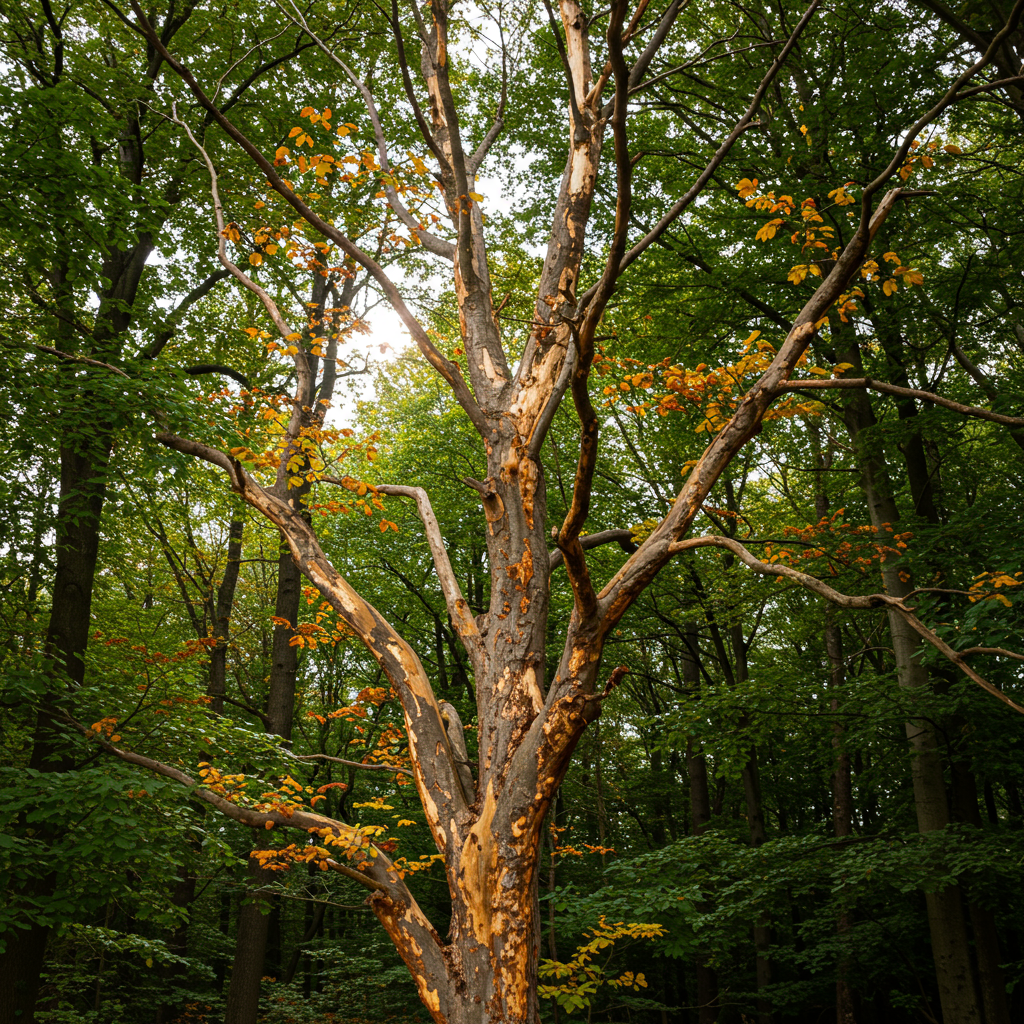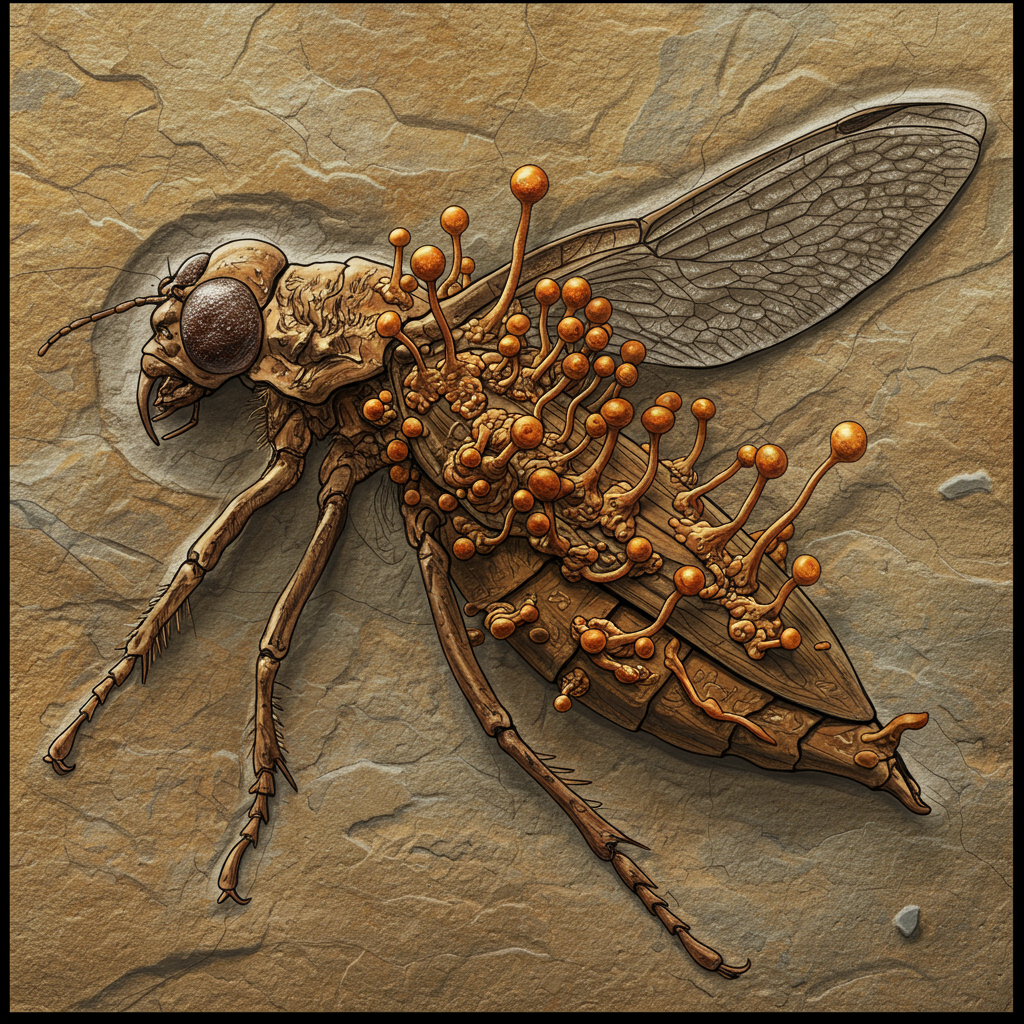Ash Dieback: A Fight for Survival
Ash trees are a cornerstone of woodlands across the UK and Europe, supporting a rich diversity of life. However, since its identification in the UK in 2012, the invasive Hymenoscyphus fraxineus fungus, causing ash dieback, has devastated populations. Millions of trees have succumbed, with projections indicating up to 85% of older, non-resistant ash trees in the UK could be lost, leading to significant ecological and economic costs, estimated in the billions of pounds and severely impacting industries like timber and hurley making.
The disease, originating in Asia where trees evolved alongside it and developed resistance, attacks leaves and branches, causing wilting, blighting, and ultimately, death. For years, the outlook has been bleak, raising fears ash might suffer the same fate as elm trees facing Dutch elm disease.
A Glimmer of Hope: Natural Resistance is Emerging
Amidst this tragedy, a groundbreaking scientific study offers a powerful new perspective and a degree of hope. Researchers have discovered that a new generation of wild ash trees is rapidly evolving genetic resistance to the devastating fungus. This natural evolutionary process, driven by the immense pressure of the disease itself, suggests that ash trees are actively fighting back.
The study, conducted at Marden Park woods in Surrey and published in the journal Science, provides compelling evidence of this biological fight. Scientists compared the DNA of ash trees established before the arrival of ash dieback with younger trees that have grown since.
Their in-depth genetic analysis revealed subtle but significant shifts in the DNA of the younger trees across thousands of locations within their genome. These genetic changes are linked to increased tolerance or resistance to the fungus. This finding is not only crucial for ash conservation but also represents a major scientific breakthrough, offering the first convincing empirical proof of Charles Darwin’s prediction that significant evolutionary changes can result from the accumulation of many small genetic alterations driven by natural selection.
How Evolution is Happening So Quickly
The remarkable speed of this evolution, occurring within a single tree generation, is partly attributed to the ash tree’s biology. Unlike elms, ash trees produce an abundance of seeds – a single tree can yield up to 10,000 genetically distinct seeds in one season, leading to scores of seedlings.
These young trees must grow up surrounded by the fungal spores present in leaf litter. The study found that approximately 30% of these young trees die from the disease, creating an intense selective pressure. As Prof Richard Nichols noted, this means “only the fittest survive.” Highly susceptible seedlings are removed from the population early, allowing more resistant individuals to thrive and pass on their advantageous genes. This “survival of the fittest” mechanism is effectively accelerating the emergence of a more resistant ash population.
Hope Tempered with Caution
While these findings inject vital hope into the future of ash, researchers caution that natural selection alone may not be enough to secure the species’ long-term survival. Dr Carey Metheringham points out that the existing genetic variation within the European ash population might be too limited, and as tree numbers decline, the rate of natural selection could slow down.
“We have to be cautious,” states Prof Richard Nichols. “We can’t say the ash is saved, but we are in a position to say it’s looking promising.” This complex fight involves thousands of genes contributing to the tree’s defense.
The Vital Role of Human Intervention
Given the scale of the threat, natural evolution needs a helping hand. The researchers emphasize that human interventions are likely necessary to support and accelerate ash tree recovery.
Crucially, this involves protecting the genetic variability that remains. Conservationists stress the importance of allowing natural regeneration and avoiding the felling of infected trees where possible, as this destroys potentially valuable genetic traits needed for resistance to evolve. As Rebecca Gosling of the Woodland Trust highlighted, supporting natural regeneration is vital and deepens our understanding of best management practices.
Other proactive measures include:
Selective Breeding Programs: Identifying and breeding the most resistant native ash trees.
Cross-breeding: Introducing genes from highly resistant Asian ash species.
Habitat Protection: Protecting young trees and seedlings from threats like grazing deer, which can weaken them and hinder the establishment of the next, more resistant generation.
Advanced Techniques: Potential future strategies could even involve gene editing to enhance resistance.
As Prof Richard Buggs notes, this hope is “borne out of the death of a lot of trees,” but it provides new motivation to protect existing ash populations and support nature’s own powerful process of adaptation.
In conclusion, while ash dieback remains a devastating threat, the discovery that ash trees are rapidly evolving resistance through natural selection offers a significant boost in the fight for their survival. This natural resilience, combined with targeted conservation efforts and human support, provides a pathway towards securing the future of this iconic species in our landscapes.




